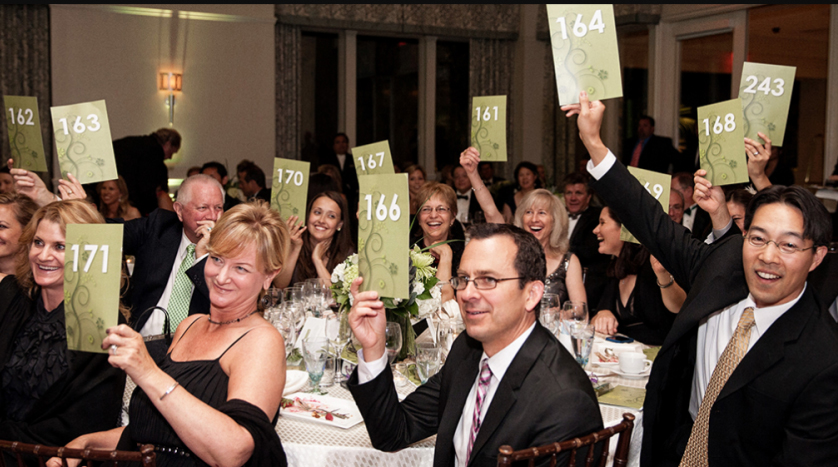This is the second post in a 4-part series on “Why the Healthcare Sector Has to Focus on Major Gifts Now!”
I think the greatest positive change that the pandemic has brought to the non-profit sector is that we were forced to move away from events-based fundraising as a way to raise revenue for your mission.
Literally overnight, health care non-profits had to re-think how they were going to raise revenue. The American Cancer Society (ACS) was among many that were impacted by significant and sudden revenue losses as they quickly canceled in-person events. Prior to the pandemic, peer-to-peer fundraising and events accounted for a large amount of their donated dollars each year.
And the whole event infrastructure was shut down.
Fortunately, the year before the pandemic, they had made the decision to invest in their mid and major gift program and had the structure and proper management in place to grow it. Of course, they were not going to come anywhere near making up the lost revenue from the closed-down events from mid and major gifts, but it allowed them to focus their time and energy on it, which is one reason they saw such tremendous growth.
As the fundraising teams continued to work their plans and stay true to the system and structure they’d learned, it gave senior leadership even more confidence to keep investing in this strategy and diversify so the organization wasn’t as reliant on events moving forward.
Unfortunately, many health-related charities do not have leadership that sees the value and legitimacy of strategies outside of peer-to-peer fundraising. And the problem is that a lack of revenue diversification can have a major impact. Think about it: you do something for years and years, and you begin to think that this is the only way you’re going to raise donated revenue. Unfortunately, that “something” has been events for scores of health charities. It’s endemic within the sector.
But, as in the case of ACS, they made the investment to balance out their revenue portfolio and reduce the dependence on event revenue. By doing this, they’ve increased revenue coming through mid and major giving programs and have created an approach that, over the next three to five years, will no longer be overly dependent on one stream of fundraising.
And that is the key. Seeing the long-term value in creating and building a mid and major gift program.
If you work for a health charity and have also seen the light about events-based fundraising, my fear is that the inertia is too strong and you will go back to your old ways.
Richard and I already see it. Now, online or hybrid events are being marketed. People are talking about how much they are raising from virtual auctions and such. Once again, health-related non-profits are being distracted by transactional fundraising tactics instead of doing the hard work of building authentic relationships with donors.
We know from our years of experience and seeing the results that focusing on building a mid and major program is about developing strong relationships with donors. Not only does it bring in more revenue, but it’s also more cost-effective than events. I mean, it’s not even close. The ROI on an event is 2 to 1, maybe 3 to 1 if you are lucky. A healthy mid and major gift program is a 10, 12 even 20 to 1 ROI.
But it takes guts to move out of something you have been doing year after year, after year. My question to you is, “Do you have the resolve, the conviction, and the passion to change it?”
Mid and major gifts is hard work. Just ask the champions of the program at the American Cancer Society. They put in the work and dealt with naysayers and skepticism… all that. But they were determined to do it… and they had the data to back it up. They started small, proved the concept, and grew the program out.
And, as I said in my last blog post, three years later, ACS doubled their revenue. And they are well on their way to do it again in another three years.
One day, those events-based fundraising may no longer be a major source of revenue. For ACS, they anticipate always having a portfolio of events, but they won’t be the primary source of revenue they once were.
Instead, the organization’s research will be fueled by building strong relationships with donors who are passionate about curing cancer.
Will your organization do the same? Or will you continue down the old path because that’s just the way you’ve always done it?
Jeff
Other Blogs in the “Why the Healthcare Sector Has to Focus on Major Gifts Now!” Series:
- Healthcare Non-Profits Must Diversify Their Revenue Streams
- Moving Beyond an Events-Based Fundraising Model (this post)
- You’re Bleeding Donors and Dollars!
- You Need to Take Your Own Medicine






0 Comments